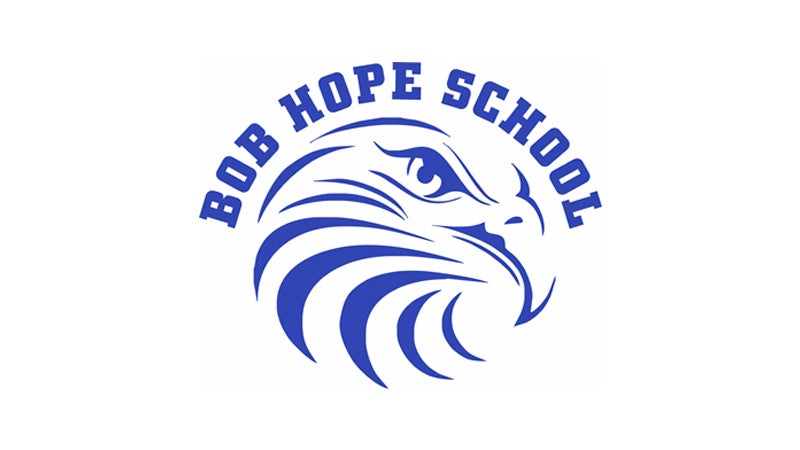CHARLOTTE CONNER — The power of numbers
Published 12:04 am Wednesday, March 2, 2022
|
Getting your Trinity Audio player ready...
|
Parents and educators alike often debate the merits of the assessments in today’s schoolhouse. When educators and students reflect on data, researchers like John Hattie have shown that student ownership is a pivotal difference maker in the classroom.
Additionally, parental notification about such data can help students grow profoundly, especially when parents are informed on the why and taught how the data is used. There is such power in numbers, especially when closing gaps in today’s post-pandemic educational system.
Parents receive these results on special reports from such tests as Measures of Academic Progress (MAP) and State of Texas Assessments of Academic Readiness (STAAR), but are not always made aware of how to help their children to reach full academic potential.
The Lexile Measure shares the complexity level of a book or a student’s independent reading level. Lev Vygotsky taught educators to teach in the Zone of Proximal Development (ZPD), which is slightly harder than a student can learn independently.
Students can usually read independently in a lower range. When taught in a group and classroom, abilities range tremendously.
Most textbooks are printed at a midrange of comprehension with static Lexiles. This number comes in very handy when teachers and parents need to help students find just the right book for independent reading or for supplemental instruction.
It is a Goldilocks approach in finding appropriate reading material that is not too easy and not too hard for kids to read without assistance. You can find appropriate book recommendations as well as the average Lexile Measures by grade level at the Lexile website.
The Measure of Academic Progress (MAP) Growth chart, published by the Northwest Evaluation Association (NWEA), gives educators and parents an accurate prediction of how students are expected to perform on standardized assessments such as the STAAR or EOC exams given to specific grade level students annually.
There are a few major differences between MAP tests and STAAR tests. The MAP test is based on an algorithm and gives students different questions based on their responses. Therefore, one sixth grader could be answering mostly elementary-level questions and another sixth grader in the same class could answer high school Algebra questions.
This type of assessment is excellent for pinpointing holes and strengths in a child’s academic ability. This is an optional test given by many schools, including Bob Hope School, to help teachers redirect their remediation to exactly where the students need to improve to experience success on the STAAR and beyond.
See the NWEA website for parental resources in both English and Spanish: https://www.nwea.org/the-map-suite/family-toolkit/.
Bob Hope School parents are invited to a parent information session on Saturday (March 5) to learn more about the power of MAP numbers at 10:30 a.m. in the cafeteria.
Charlotte Conner is the Campus Director of Bob Hope Middle School, grades 6-8, in Port Arthur. She is an experienced and certified math and special education teacher in Texas. She “geeks out” on all things numbers-related. She can be reached at charlotte.conner@bobhopeschool.org.






